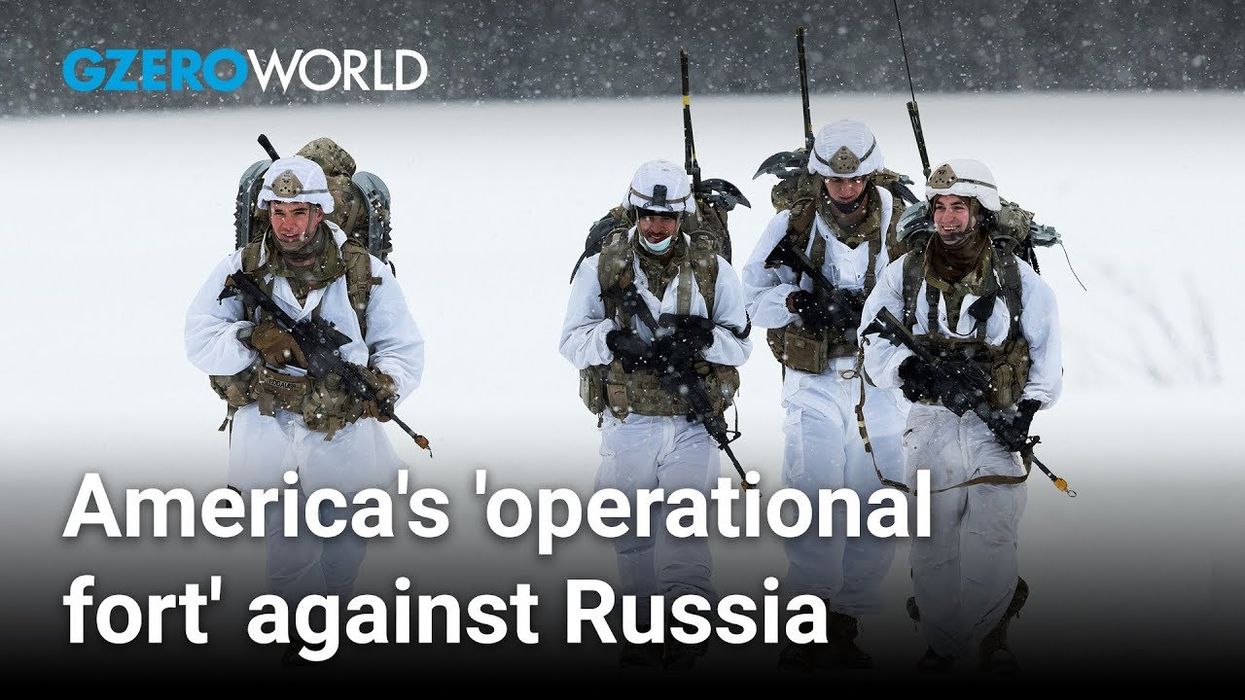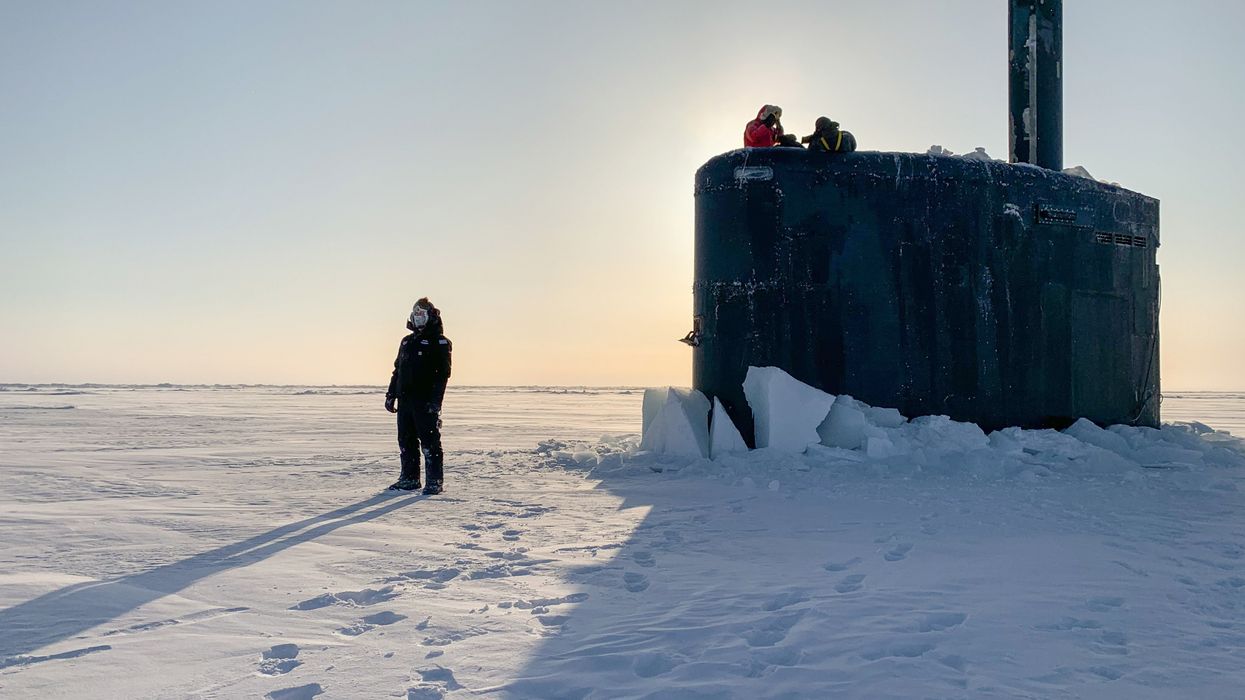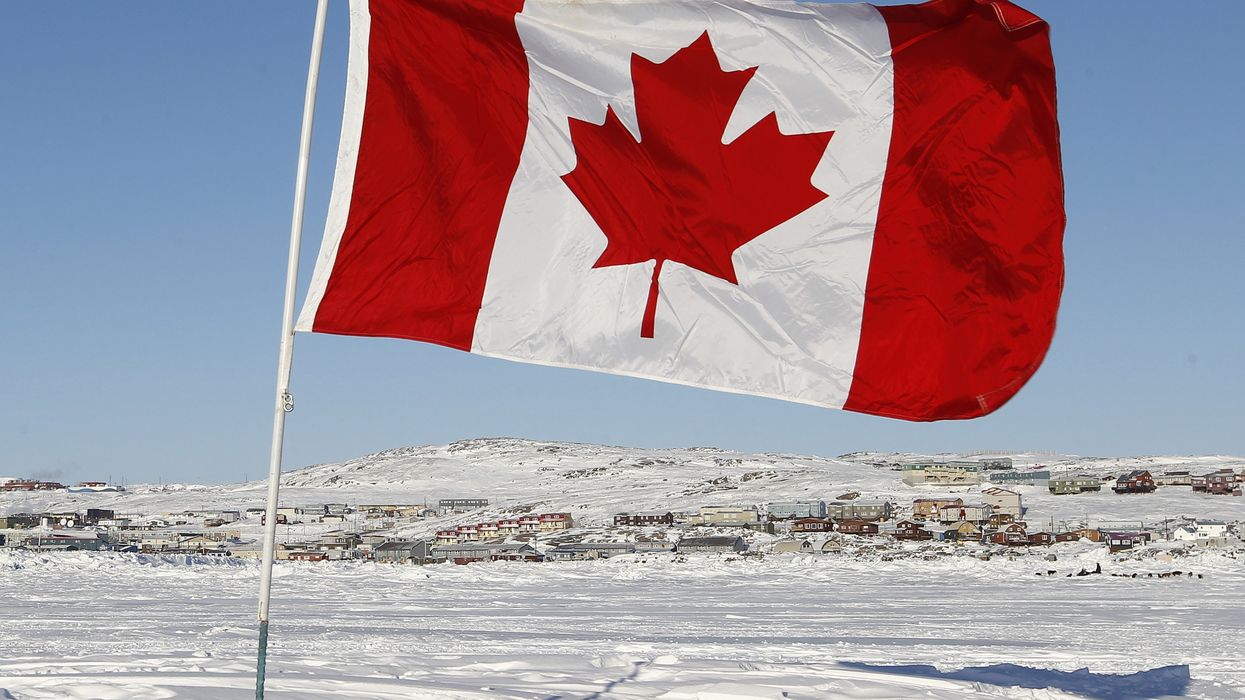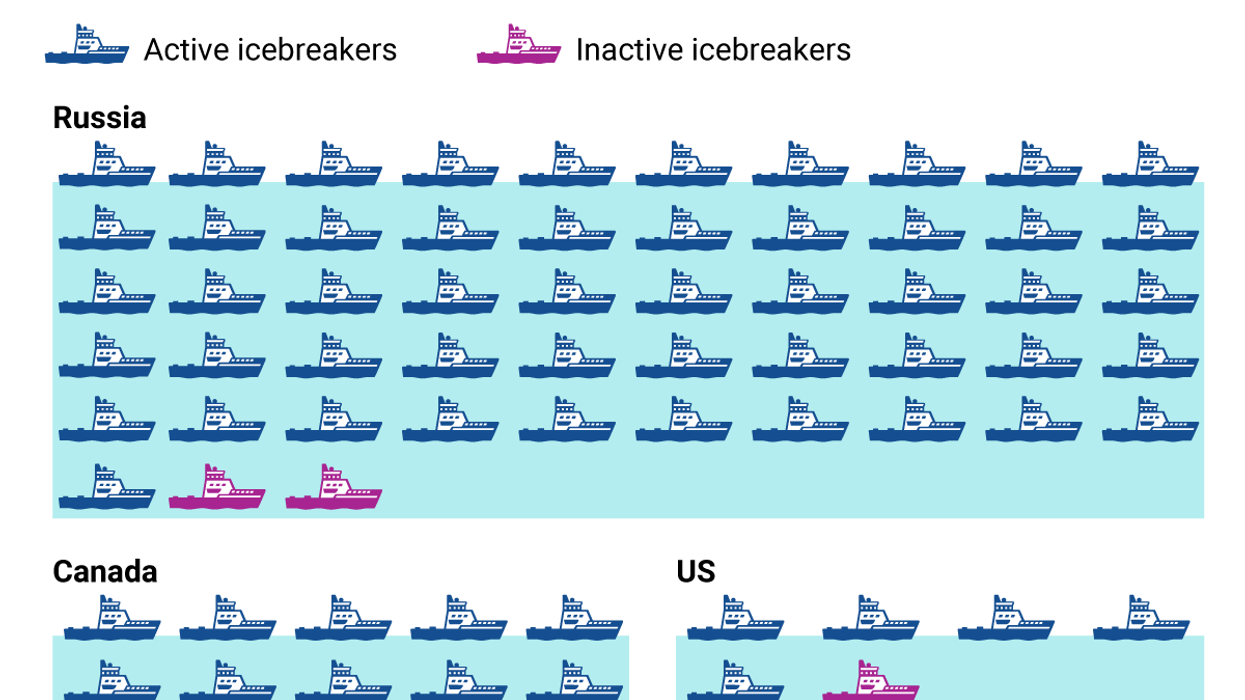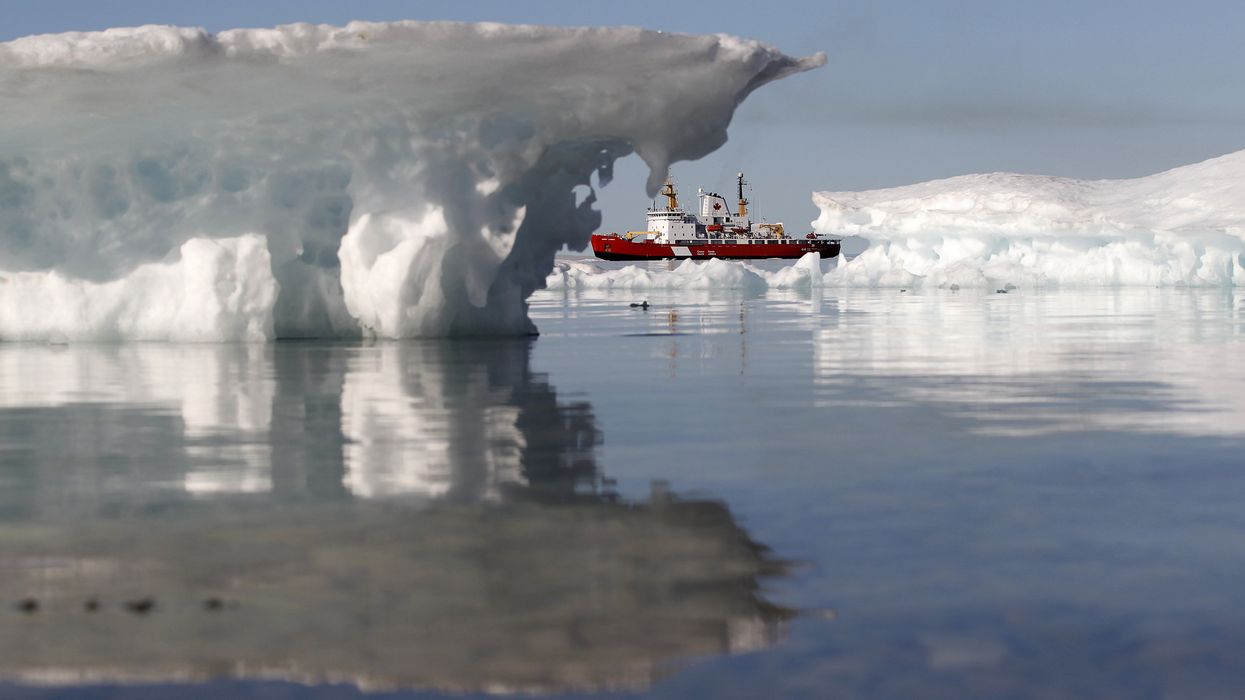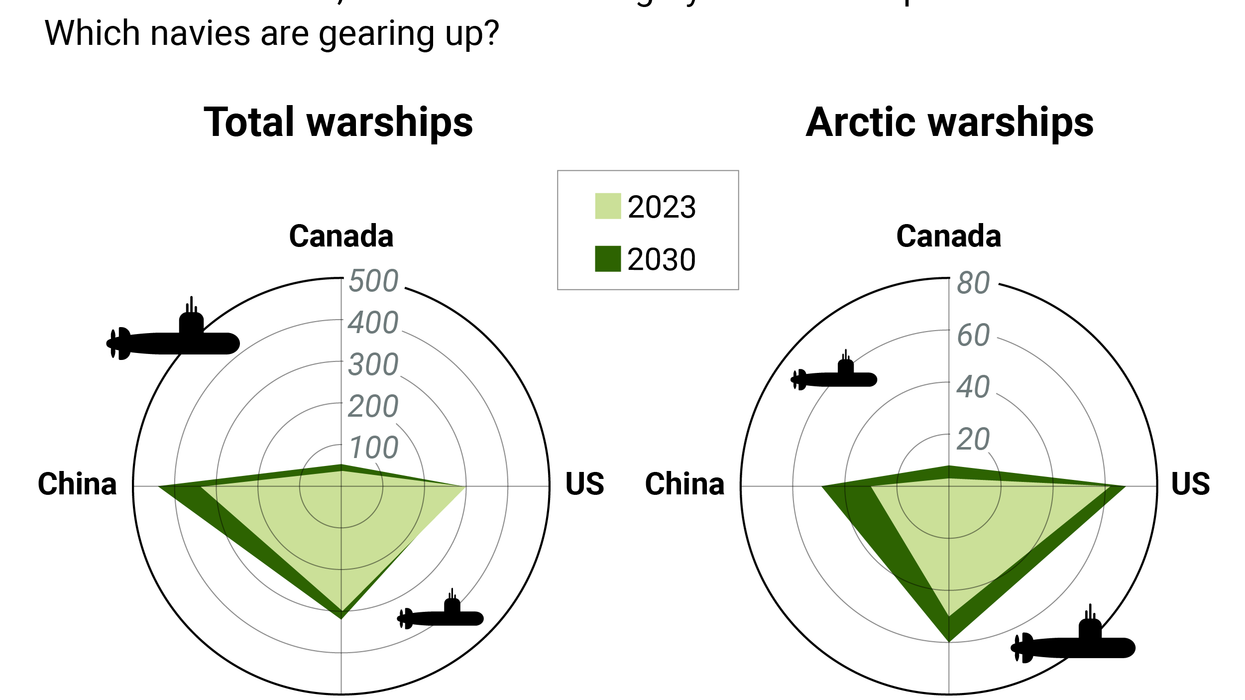GZERO World Clips
Alaska Governor Dunleavy warns of "heightened" Russian and Chinese activities in the Arctic
Alaska Governor Mike Dunleavy on his state's critical role in US national security, given its strategic location and proximity to Russian, Chinese, and North Korean threats.
Aug 14, 2024
